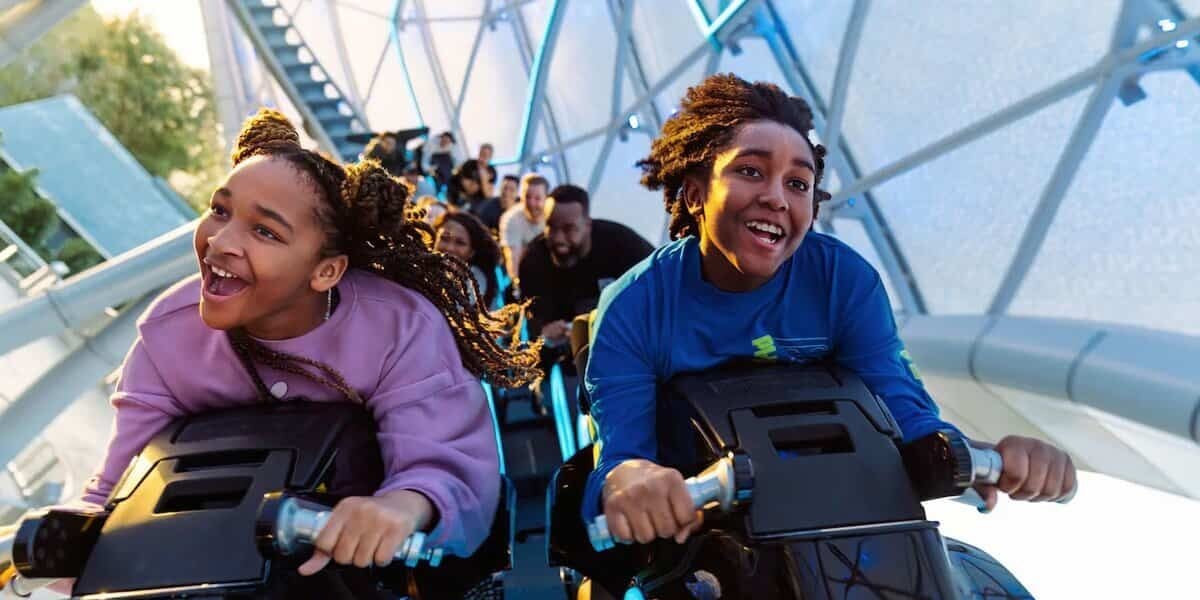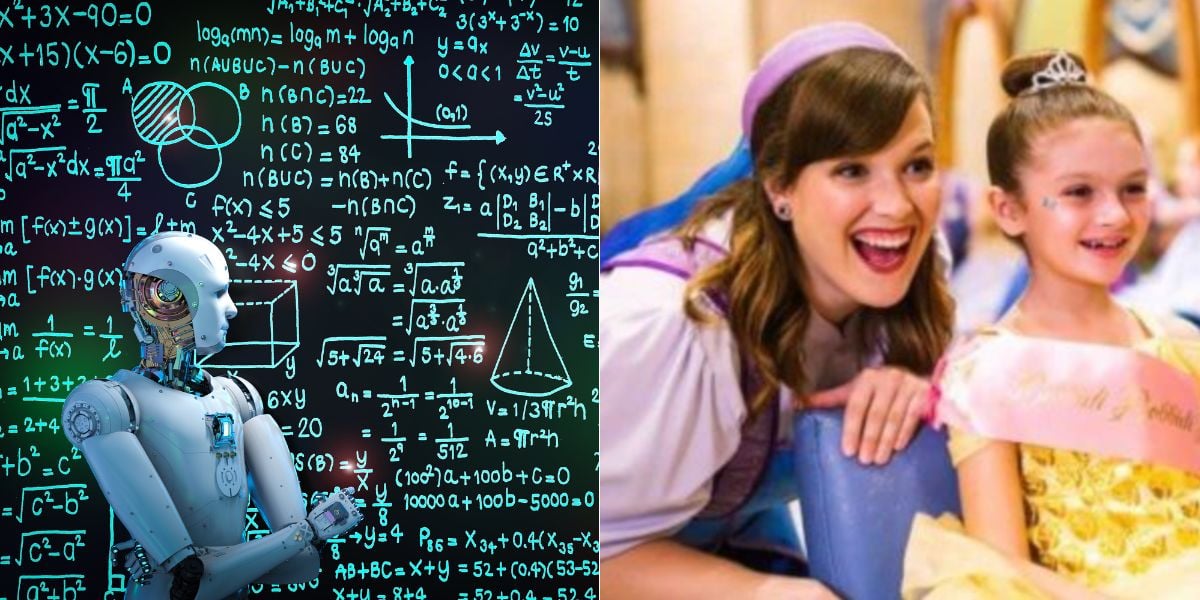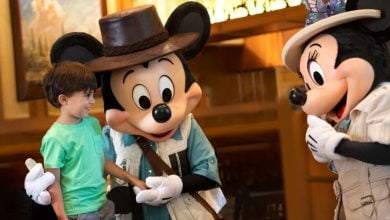Guests Fear Disney World Experience Could Soon Fall to AI Cast Members
Step into a theme park today, and things aren’t what they used to be. Technology is no longer just helping the show—it is the show. Trackless ride vehicles, massive projection screens, and blended effects have made the simple rides of the past look almost old-fashioned.
This can be exciting for fans, but it also raises an uncomfortable question: if technology keeps advancing, where do the cast members fit into Disney’s future?

Blending the Physical and the Digital
Disney has always embraced tech as a way to tell stories better. Attractions like Mickey and Minnie’s Runaway Railway showcase how hidden screens and projections can seamlessly bring a cartoon world to life around guests.
Frozen Ever After gives its animatronic characters facial expressions powered by projection tech. The result? Elsa and Anna look more alive than the stiff figures of earlier decades.
This mix—physical and digital—is now Disney’s sweet spot. Guests may not realize how much trickery is involved, but the impact is undeniable.

Thrills Get an Upgrade
Disney isn’t only using technology for characters and storytelling—it’s also revolutionizing its rides. Guardians of the Galaxy: Cosmic Rewind has become one of Disney’s most sophisticated coasters, with spinning cars rotating toward the action and silky smooth launches. Every twist is designed to keep riders locked into the story rather than just the track.
TRON Lightcycle Run adds another layer, letting guests climb onto motorcycle-style vehicles for a futuristic race that feels straight out of a video game. These rides prove that Disney isn’t afraid to prioritize movement and precision alongside storytelling.

AI Steps Into the Conversation
But rides are just one piece of the puzzle. The fundamental shift could come with artificial intelligence. Outside Disney, restaurants already use robots to deliver food or bus tables. It’s not hard to imagine Disney trying something similar.
Picture ordering lunch in the app and watching a themed robot roll to your table with the tray. It would cut down wait times and be fun if Disney leaned into its storytelling touch.

Roles That Could Change
If AI can deliver meals, what else could it handle? Think about kiosks answering guest questions, scanning Lightning Lane reservations, or even directing traffic inside the park.
Eventually, character meet-and-greets could follow the trend. With robotics and AI dialogue combined, guests might have conversations with characters that react in real time, and no human is required.
Why Disney Might Try It
For Disney, the appeal is obvious—money and efficiency. Robots don’t take vacations, need health benefits, or call out sick. They can work long hours without breaking a sweat, easing the enormous staffing challenges of running such a large resort. Plus, AI could speed up operations, making everything from dining to customer service more efficient.

What Could Be Lost
Still, this idea comes with real risks. Cast members aren’t just employees—they’re part of the magic. They’re the ones who make a child’s day special with a smile, a joke, or a small surprise. AI can’t replicate genuine warmth or empathy.
If too many human roles disappear, the parks could lose the charm that makes them stand out from other destinations. And of course, technology is far from perfect—malfunctions and breakdowns could create even more frustration.

The Middle Ground
The most realistic path forward is balance. AI may support operations, but not replace the personal side of Disney. Robots might deliver food, while cast members still interact with families. Automated systems could answer quick questions, leaving real people free to handle unique needs.
Disney has always blended innovation with heart. The challenge is ensuring the heart isn’t lost in the push for progress.





